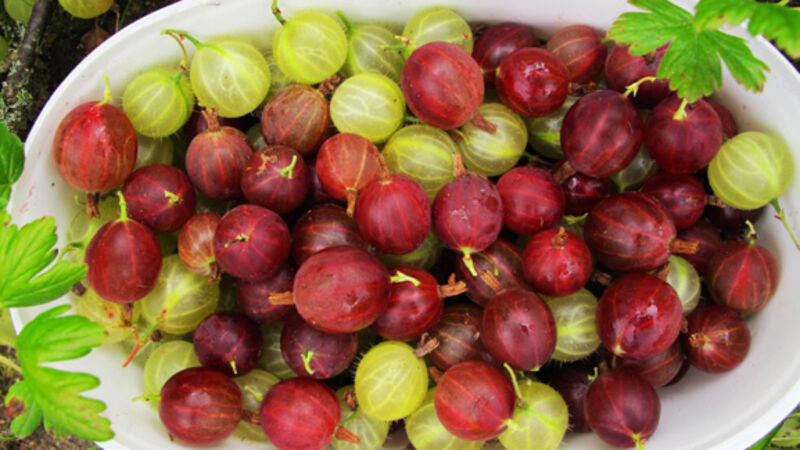Savour the flavour of gooseberries, a real garden gem

If you profess that you have no interest in gooseberries, it may be just that you have never tasted a fine dessert variety, packed with sweetness and a unique flavour, with the sweetest cultivars usually being red in colour.
Known as berries, gooseberries may be smooth, fuzzy or spiny, opaque, translucent, or white and are actually a member of the Ribes (currant) family. They are particularly delicious when eaten in season, which happens to be now.













